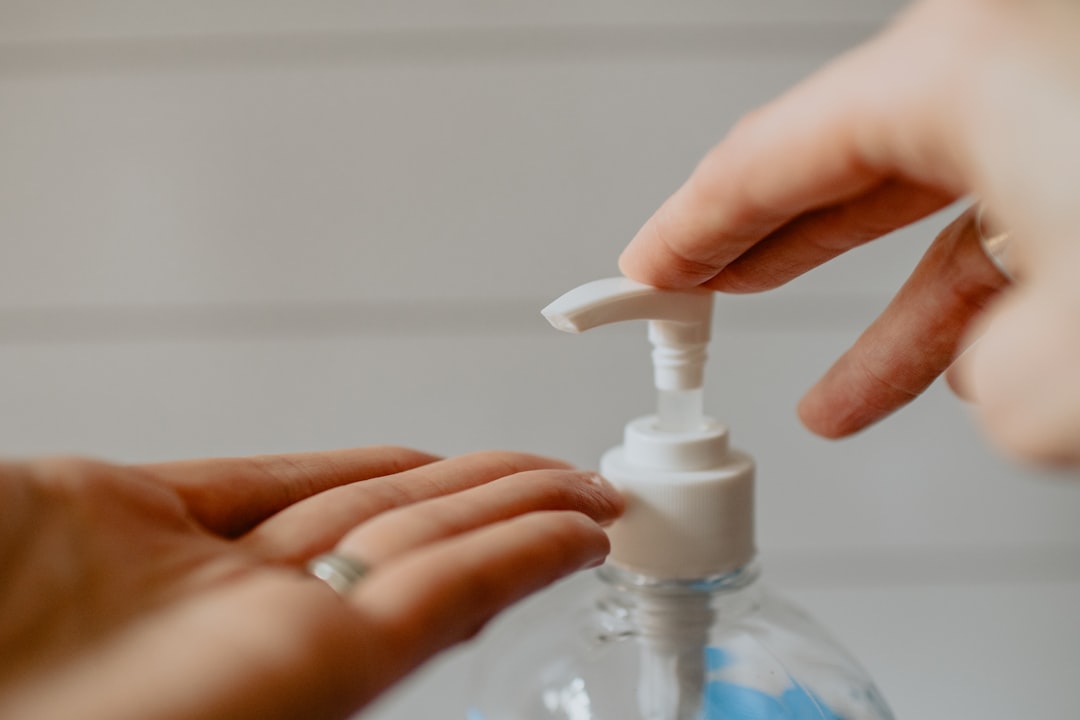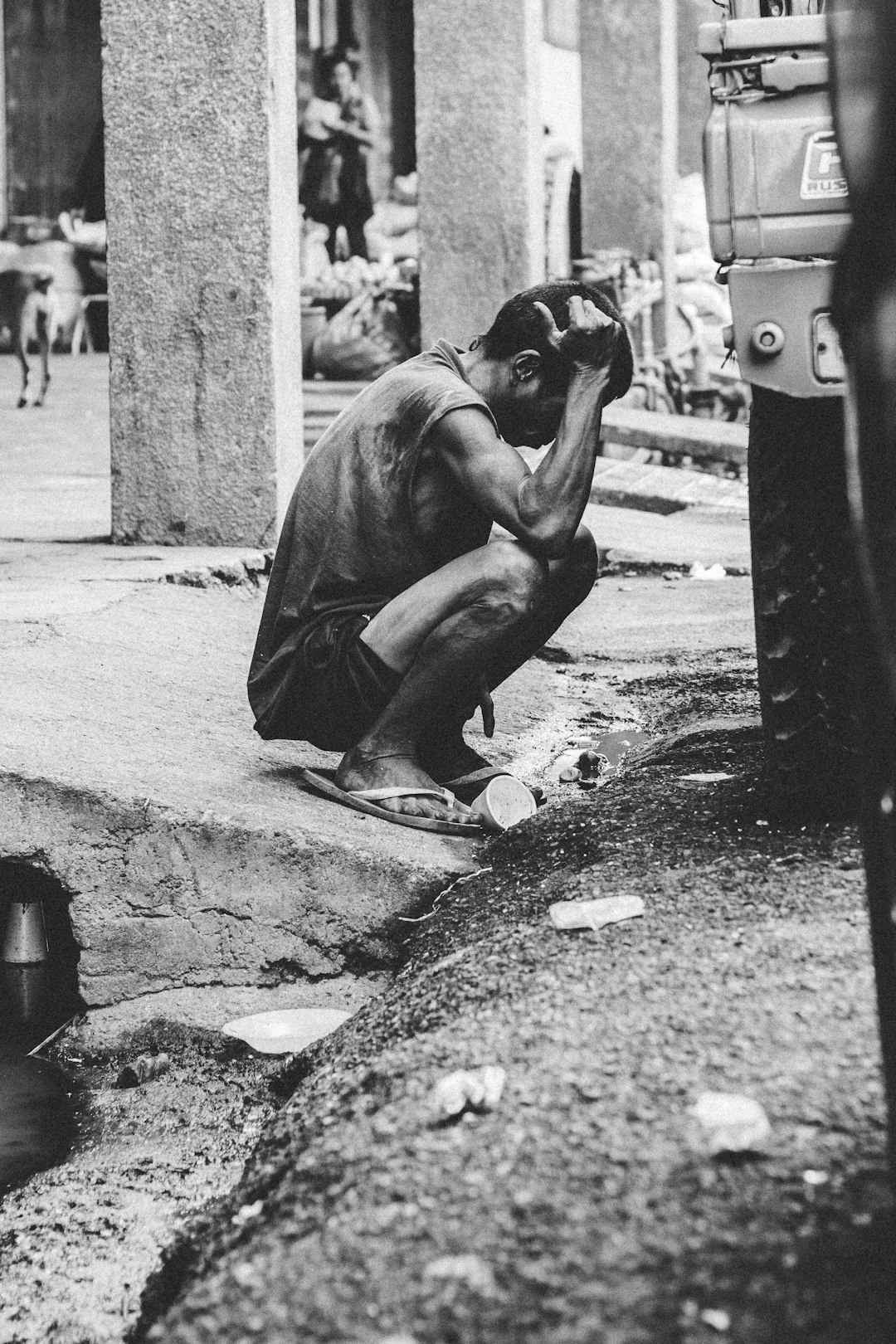Table of Contents
- Introduction
- **Can plumbers install gas lines?**
- **Types of plumbing services provided by plumbers**
- **Importance of proper plumbing installations**
- **Certifications required for plumbing gas line installations**
- **Difference between regular plumbing services and gas line installations**
- Conclusion
- Frequently Asked Questions
Introduction
Welcome to the ultimate guide on gas line installation in [city]! If you’ve ever wondered whether plumbers in [city] are equipped to take on the task of installing gas lines, you’re in the right place. Gas line installation is a crucial aspect of ensuring the safety and functionality of your home or business, and it’s essential to have professionals handle the job with expertise and precision. In this article, we dive deep into the question of whether plumbers in [city] have the skills and qualifications to handle gas line installations. From the necessary training to the safety measures involved, we will explore every aspect to provide you with a comprehensive understanding of the topic. So, if you’re curious about the capabilities of plumbers in [city] when it comes to gas line installations, sit back, relax, and let our experts guide you through the intricate world of gas line installation.
**Can plumbers install gas lines?**
Plumbers are generally not allowed to install gas lines unless they also hold a specific license to work with gas. Gas line installation requires a different set of skills and qualifications due to the potential risks involved. Gas leaks can be extremely dangerous and even life-threatening if not properly installed or maintained. In many regions, only licensed gas fitters or professionals are authorized to work on gas lines to ensure safety and compliance with regulations.
It is essential to hire a qualified professional with the proper certifications and experience to install gas lines in your home or business. This helps guarantee that the installation is done correctly, minimizing the risk of gas leaks and ensuring the safety of occupants. Always check the credentials of the individual or company you are hiring to perform gas line installations to avoid any potential hazards.
**Types of plumbing services provided by plumbers**
Plumbers offer a variety of plumbing services to meet the needs of residential and commercial customers. Some of the common types of plumbing services provided by plumbers include:
1. Installation Services: Plumbers can install new plumbing systems, fixtures, and appliances such as sinks, faucets, toilets, water heaters, and garbage disposals.
2. Repair and Maintenance: Plumbers can repair leaks, clogs, and other plumbing issues. They can also provide regular maintenance services to prevent problems and prolong the life of plumbing systems.
3. Emergency Services: Plumbers are available 24/7 to handle plumbing emergencies such as burst pipes, gas leaks, and flooding.
4. Drain Cleaning: Plumbers can use specialized tools to clear clogged drains and ensure proper drainage.
5. Water Quality Services: Some plumbers offer water testing and treatment services to improve the quality of water in homes and businesses.
**Importance of proper plumbing installations**
Proper plumbing installations are essential for the functionality and safety of a building. Whether it’s a residential home, commercial property, or industrial facility, the plumbing system plays a crucial role in providing clean water, removing waste, and maintaining hygiene.
Improper plumbing installations can lead to a variety of issues such as leaks, water damage, mold growth, and even health hazards. By ensuring that plumbing installations are done correctly by qualified professionals, the risk of these problems occurring can be significantly reduced.
Additionally, proper plumbing installations can also contribute to energy efficiency and cost savings. Well-installed plumbing fixtures and appliances can help conserve water, lower utility bills, and reduce the environmental impact of a property.
Overall, investing in proper plumbing installations is not only a matter of convenience but also a matter of health, safety, and sustainability in any building or property.
**Certifications required for plumbing gas line installations**
When it comes to installing gas lines, it is crucial that plumbers have the proper certifications to ensure safety and compliance with regulations. In most places, plumbers need specific certifications to work on gas lines due to the potential risks involved. One of the important certifications required for plumbers to install gas lines is a Gas Fitter license. This license demonstrates that the plumber has the necessary training and knowledge to work with gas lines safely.
In addition to a Gas Fitter license, plumbers may also need to be certified by relevant authorities or organizations, such as the National Inspection Testing and Certification Corporation (NITC) or the American Gas Association (AGA). These certifications help ensure that the plumber is aware of the latest safety standards and best practices for working with gas lines.
Having the right certifications not only protects the plumber and their clients but also ensures that the gas line installation is done correctly and in compliance with regulations.
**Difference between regular plumbing services and gas line installations**
Regular plumbing services and gas line installations differ in several key aspects. While plumbers are skilled professionals who work with water supply, drainage, and sewage systems, installing gas lines requires specialized training and certification due to the potentially dangerous nature of working with natural gas.
When it comes to regular plumbing services, plumbers deal with issues such as leaky pipes, clogged drains, and malfunctioning fixtures. They use materials like PVC, copper, and PEX for water-related systems. On the other hand, gas line installations involve the setup of pipelines that transport natural gas for heating, cooking, and other purposes. Gas line installers must follow strict safety regulations and use materials that are specifically designed for handling natural gas, such as black iron or stainless steel pipes.
In summary, while regular plumbers focus on water-related systems, gas line installers specialize in the safe installation and maintenance of gas lines to ensure the proper functioning and safety of gas-powered appliances.
Conclusion
Don’t wait for plumbing issues to escalate – call 573-555-2121 now for expert plumbing assistance. Our team of licensed professionals is ready to handle all your plumbing needs promptly and efficiently. Whether it’s a leaky pipe, a clogged drain, or a gas line installation, we have the skills and expertise to get the job done safely. Trust us to provide top-notch service and ensure the functionality and safety of your plumbing systems. Contact us today and experience the difference of working with a reliable and experienced plumbing service provider!









